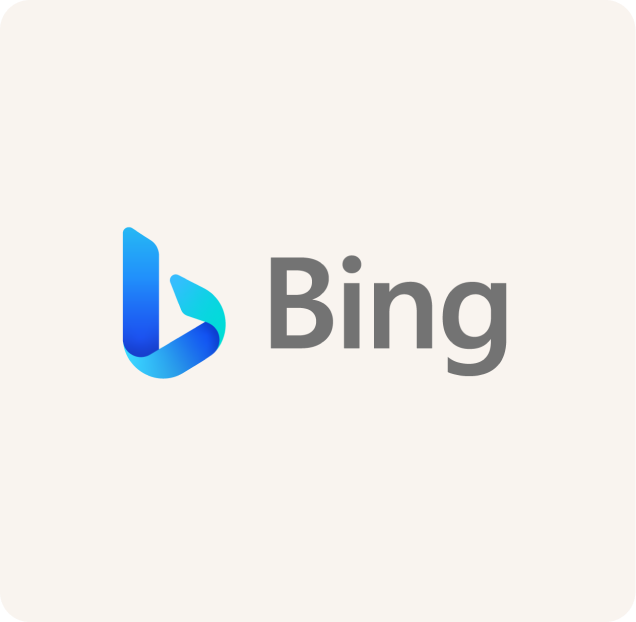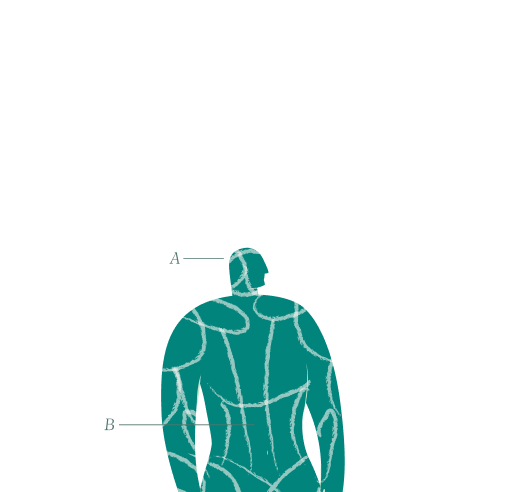Implementing paid search campaigns for a pharmaceutical client with multiple global brands across major platforms is a challenge – especially when there’s a review process to consider – but the results are worth it.
Client and challenge
Our pharmaceutical client was looking to increase traffic and visibility for multiple global brands across major search platforms. But they didn’t have a standardised process for taking paid search campaigns through compliance review, and the medical, legal and regulatory (MLR) reviewers didn’t have a good understanding of the media type – all of which was making implementation difficult and time-consuming.
For this client, we needed to not only update and improve their search performance through strategic paid campaigns, we also needed to develop a foundation for how paid search would be handled within the organisation from approvals through to launch and optimisation.
A complex problem that requires cross-team collaboration? Just the kind of challenge we love to take on.
Our solution
Step 1: Establish procedures and training
First, we needed to create the foundation for getting campaigns through the reviews process.
We did this in several ways:
- We presented hands-on training for reviewers to improve their understanding of the media format.
- We created a set of templates for search review that included campaigns, ad groups, headlines, descriptions, and keywords so brand managers and reviewers could more easily define campaigns.
- We developed guardrail documents to help teams implement best practice for current and future campaigns.
Step 2: Develop a strategy that works at scale
With that foundation in place, we needed to analyse our client’s existing search campaigns and develop a strategy that could help meet individual brand goals.
Working with multiple brands – Brand A, Brand B and Brand C – we needed a flexible and scalable strategy for new brand and product launches with different target audiences.
Brands A, B and C were working with out-of-date campaign structures that needed to be updated and brought in line with current best practice. With that in mind, we created a bidding strategy process to identify opportunities to scale commercial outcomes via search.
We also evaluated several key areas – we looked at impression share to determine the volume of traffic these brands could target, we evaluated cost-per-click (CPC) to maximise budgets, and we assessed their websites to determine how to reach the most engaged audience and maximise conversions.
We then implemented several key changes across all three brands:
- We updated conversion actions to make sure that only relevant actions were being tracked and properly placed on their websites.
- For Brands A and B, we revised their campaign structures to eliminate campaigns organised by match type and shift budget based on performance.
- For Brand C, we reorganised their campaigns to segment by category with differentiating match types within the same ad group.
- We adjusted keywords for all brands to emphasise phrase and exact match keywords based on search query reports.
- We added negative keywords to refine targeting.
- We lowered maximum CPCs for increased efficiency.
- We transitioned from expansive text ads (ETAs) to responsive search ads (RSAs) for greater ad variation and engagement. This required an extensive submission for compliance review.
- We implemented Google Search Ads 360 to bring all three brands up-to-date with best practice.
All these changes resulted in some big improvements.
Brand A

CPC decreased
CTR increased
Clicks increased

CPC decreased
CTR increased
Clicks increased
Brand B

CPC decreased
Clicks increased

CPC decreased
Clicks increased
Brand C

CPC decreased
CTR increased
Clicks increased

CPC decreased
CTR increased
Clicks increased
Our results
Brand A, Brand B and Brand C were all suffering under outdated procedures and onerous review processes. Our campaign restructuring, combined with a new standardised approach to MLR review, led to lower CPCs and higher click-through rates (CTRs) – proof positive that a good search strategy can be flexible and effective enough to scale across multiple brands.
The new search campaigns successfully positioned these brands within search engine results, generating positive brand awareness and leading to improved healthcare professional/patient adherence to important health interventions.
As our collaboration with commercial brand teams and reviewers continues, we’re looking to ongoing performance tracking and optimisations to help us carry on improving key metrics and enhancing time to market execution.
Get your brand where it needs to be
Contact our CEO, Ben Myall, to find out how our team of experts can help you.




